
Tag Archives: Poetry

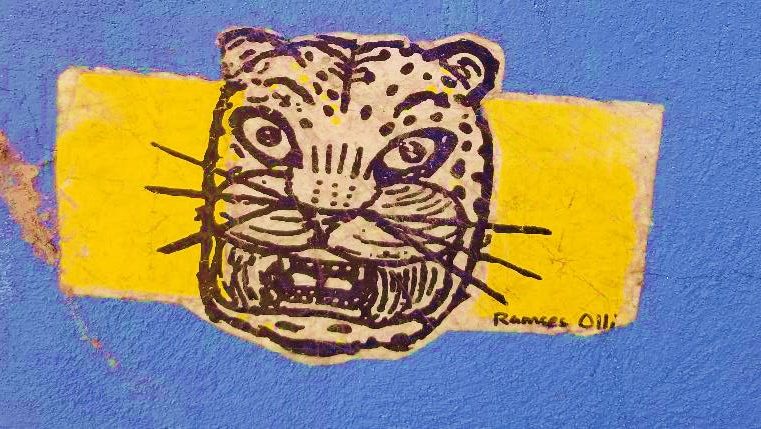
The Courage to Step into Comic Vulnerability
Gabriella Maestrini
Stepping into any kind of comic relationship as teacher, researcher or artist is an act of vulnerability, death and courage. Vulnerability in letting oneself be open to the comic teachings and possibilities which come with a piece of death of oneself to meet an ‘other’ and an act of courage to speak up on unspeakable matters.
The following two pieces are moments of encounter in Mexico City while researching disaster humor at the UNAM, the Universidad Nacional Autónoma de México. The first one is called Vulnerability: Entering skin first; the second one Vulnerability, Death and Research. In this last one, Candle stands not only in as alias for the live-in housekeeper but also to illuminate the role she has played for my research. She has been a guiding light in many ways.
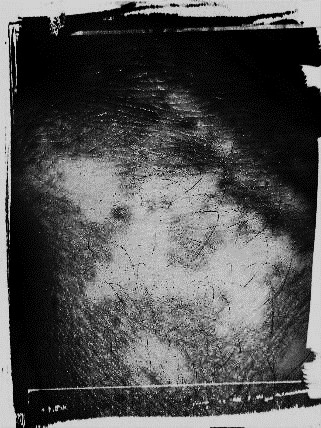
| © MAGA 2020 Leopard Spots – skin maps and markings |
Vulnerability: Entering skin first
I move through the world skin first
I turn increasingly whiter as my spots progress.
As I sit in the scorching Mexican heat and my skin tans,
I show up to my own skin maps and writings
Unable to decipher the hieroglyphic markings.
Maybe they lead to what I seek.
Leopards – Jaguars are revered – are messengers – carry spots within spots marking not only their fur but also their skin. Revered in Mexico, the jaguar of the same family, has been depicted since Meso-American times as messenger between light and darkness.
The leopard spots on my own skin do not camouflage me as I enter the classroom, the research or the conversation; rather, they render me hypervisible.
Jaguars: Tenochtitlan – Teotihuacán – Pyramids
Even from the bus I can hear the call…
Vendors at the pyramids display carved jaguar heads
blowing into them to recreate the eerie rattling call of this elusive animal.
I feel a connection
To the spots,
To the elusiveness
To the eerie calls
That mimic the animal
To scare
To connect
To recall
To …
As I ascent the steep steps up the sun pyramid
Among others who have chosen to be there early on this hot day,
I hear the luring call.
Standing atop, I can feel the echoes of the calls far below in the valley
The space between the sun and the moon
Held together by the plumed serpent.
I let the sheer immensity of the valley,
The closeness to the sun descend
onto my skin and into my being as
I connect with energies that encircle these ancient creations.
My skin tingles to the rhythm of the calls
My own spots burn in the morning sun as
I turn toward the moon
Bringing my presence as a gift.
Why, do you ask, am I speaking of skin when I research humor? La blanca? The privileged one?
I am thinking with Ahmed (2003), through my own skin as I enter my research/ teaching space in Mexico. White skin, or fair skin, seen as desirable, as superior, as privileged is marked on my own as different, as diseased, as dis-eased since many do not know what or who I carry. Am I diseased? Am I contagious? Am I an insider/outsider to my own skin?
Connecting my skin to humor makes sense as Mexicans pride themselves with a form of teasing toward obvious or prominent mental, physical or other distinctive features. Being at the receiving end of such teasing, makes you stronger, makes you belong or, in the other extreme, makes you an outcast. In my case, it made me both.
‘The spots of the leopard reflect selective advantages for its natural habitat’ Dimmendaal (2015, p. 2) clarifies. Although one might think there is but one adaptive explanation for the rosettes of the leopard, I may attach meaning to why the spots exist through a plethora of others. My strategies are humor.
Bromearse or teasing as a form of humor, brings not only laughter and care but also violence into the relationships that we might perceive as derogative and demeaning. During one of my first encounters with the students when talking about Mexican humor, I indicated that I might be called a ‘leopard’ or a ‘jaguar’ because of the spots on my skin. Self-deprecating humor, in this case, was a way to enter the classroom, to ease the tension of a foreigner coming into the students’ space in vulnerability.
Through my own self-deprecating humor, I helped elucidate two aspects: one, how to break the ice in a foreign research and teaching moment; two, how to acknowledge my own difference through vitiligo. In breaking my skin, in speaking first, I render myself vulnerable, expose myself to teasing and mockery opening the book to my own skin courageously in my own vulnerability.
Can a leopard change its spots? Can we ever change our skin?
Vulnerability, death, and research.
March 20, 2019 – I sur/re/n/der myself vulnerable –
I opened up
guided by this Candle
who treated me like any other gringa at first … it bothered me…
For some reason I wanted her to like me…
We lived in the same house … but it took vulnerability … my own …
my own tears … they changed everything.
On my mother’s birthday I woke up crying
not knowing that the Candle was in the kitchen…
tears streaming down my face as I reached for coffee
Her little frame, long grey hair… haltingly walks over, embraces me
As we stood there in shared grief … just two women … crying together
She had lost her brother… way too soon… we shared the how, the when and the why … as grieving people do…we shared…we hugged…we embraced across oh so different bodies…
I hugged the dogs … they knew … always…
nothing mattered
Time stood still
Time stood still
Time stood still
Even if for a moment, my mother’s presence and passing transported me back to when I got the news … I couldn’t breathe…
I learned the Mexican word for it: ella falleció… [she was missed, she left, she passed on, she expired, she disappeared, she stopped existing] — yet present…
The Candle, a devout believer in the Virgin, urges me to go to church …. she would even go with me if she could … to see the ‘big one’ dedicated to Guadalupe … the Virgin … the Black One … The one woman we can relinquish our plights to …
She will listen, the Candle says. She will make it easier…
I fight the urge … I resist those Catholic roots … I am reminded by those around me that it might help to relinquish my grief … nothing else …
just abandon myself to a moment of vulnerability … just a moment…
just to have
time … stand … still …
I went to church that evening … to a Catholic Mass… something I had not done in years.
The only foreign body among locals … la gringa… I laugh to myself. Whether I want to or not. …. I shake my head … at ease and yet so out of place
The mass starts with the acknowledgement of those that have passed … lent … resurrection … the body of Christ … my mother’s body lying in the sun for a stranger to find….
I shiver, feel sick, feel
my
body
burn
Memories
Embodied Moments of Recollection
Memories
I sit in the most uncomfortable wooden pew… the ancient timber digging into my sacral bones …
…. I have trouble following the familiar yet so foreign prayers in Spanish … I still remember them…[f**k] … so much work to forget, so little needed to evoke…
After Eucharist a tiny woman clad in black moves toward me taking my hand in both of hers … she extends the ritual … she mutters words I do not grasp … I silently accept her gesture…. Do I belong now? A sign of peace – finally?
The ceremony closes … for a while, I rest in the church plaza with soft wind rustling through the trees … I observe the night sky, feel the wind on my wet cheeks …. the evening hustle of people moving through this space with whom I have no connection … only the death of my mother has brought me here.
Finally, something makes me move…. a somnambulist among the awake … I hesitantly make my way back to the house… tourists and locals alike cross my path as I continue through the plaza de los coyotes with the fountain releasing sprays of multicolored droplets….
Coyotes …. Tricksters …. reminding me in their spirit form that there is humor even in the darkest of times ….
…. their playful presence a reminder of my strength, of my abilities to survive, to conquer, to strive … … to flourish?
Cobblestones await me – the unevenness – the darkness of the unfamiliar streets too… as I turn the corner to Calle Escondida, the secret, the hidden street, …. I hear the tamale vendor in his nightly call:
! tamales! … ricos tamales Oaxaqueños ,
… tamales…
……………….. for ten pesos I give in to his seductive call.
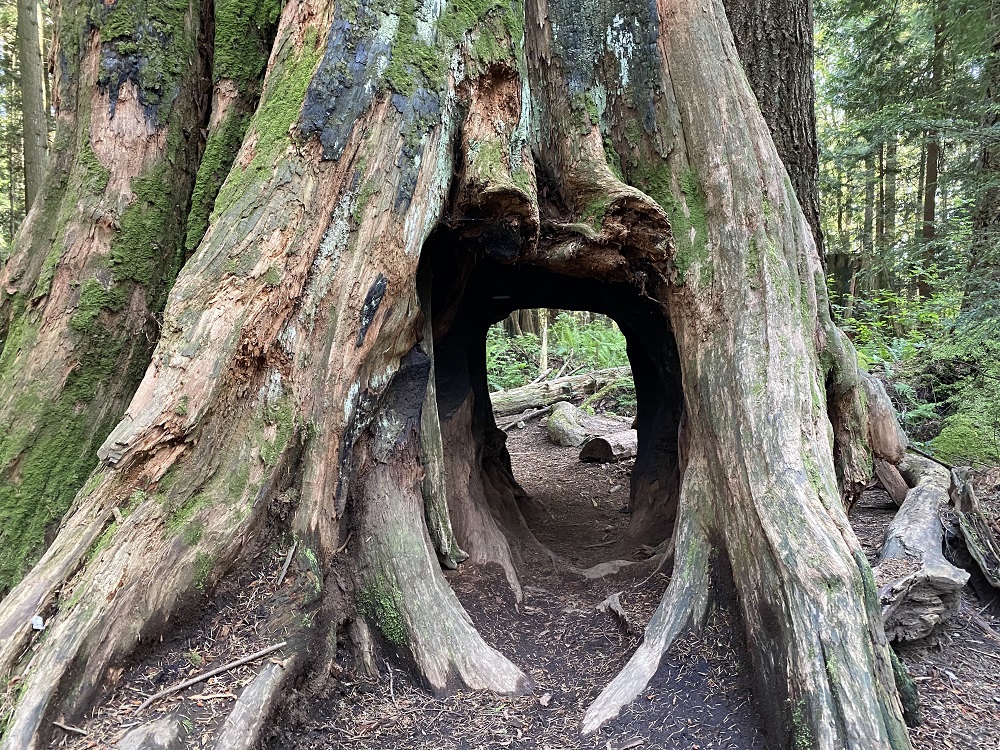


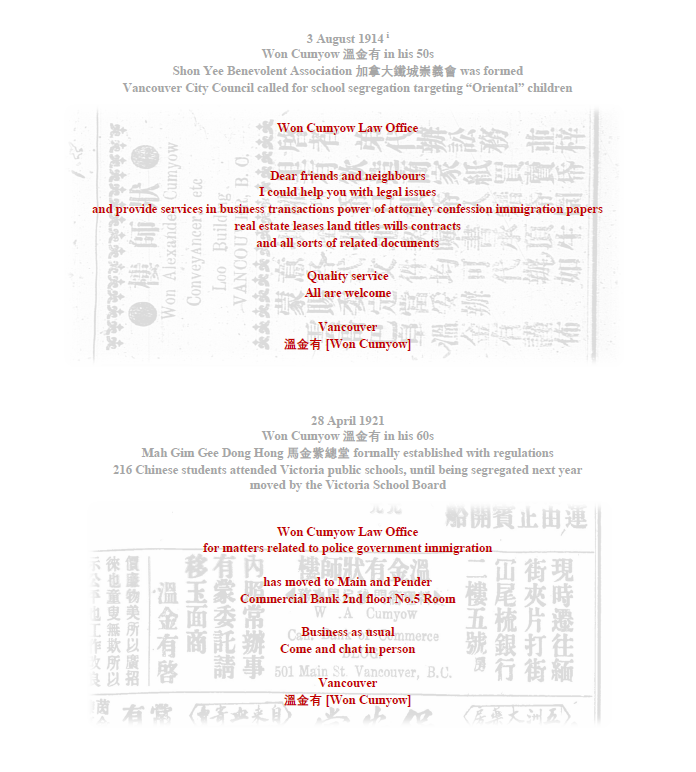
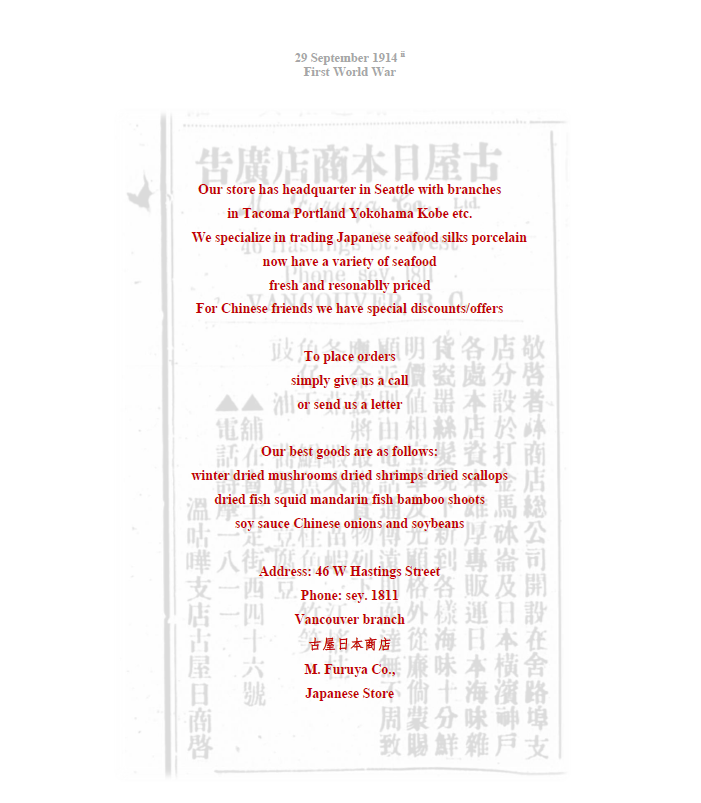
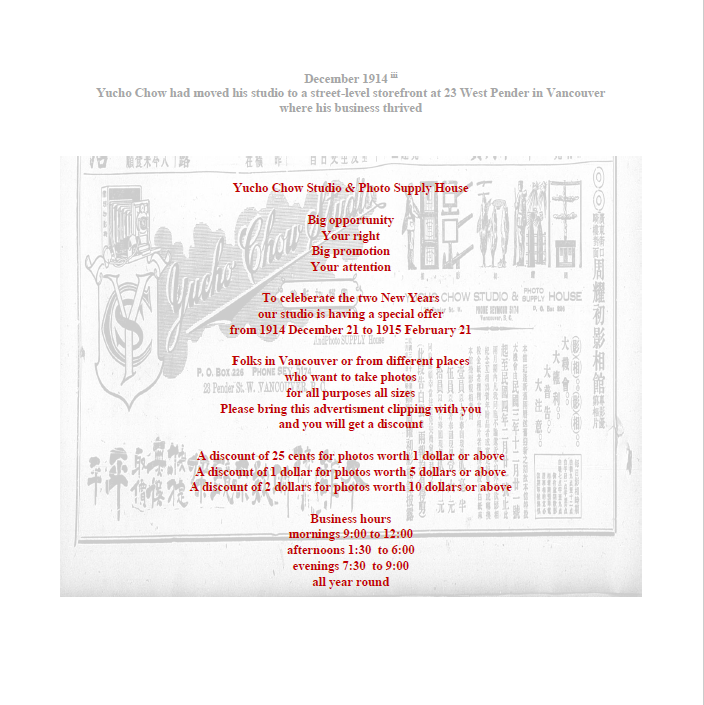

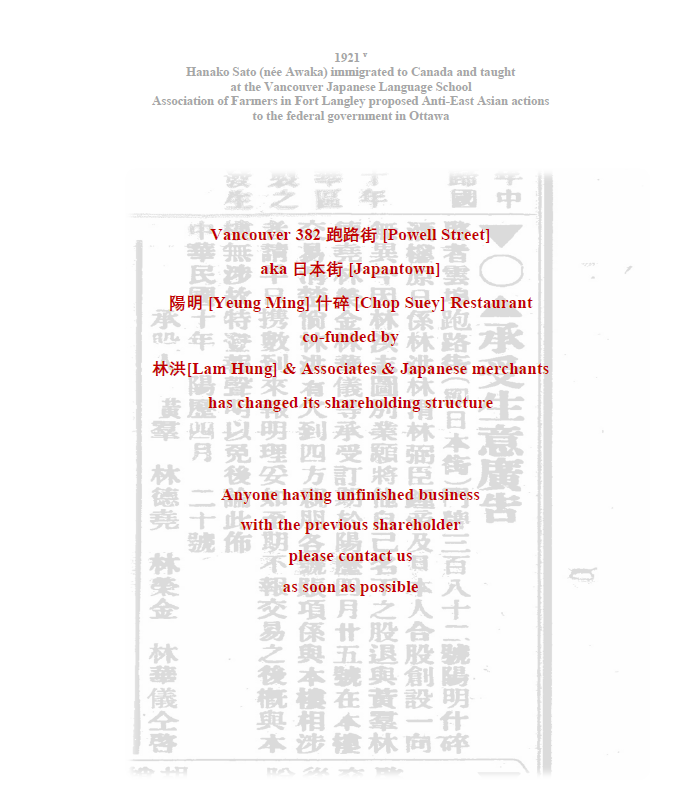
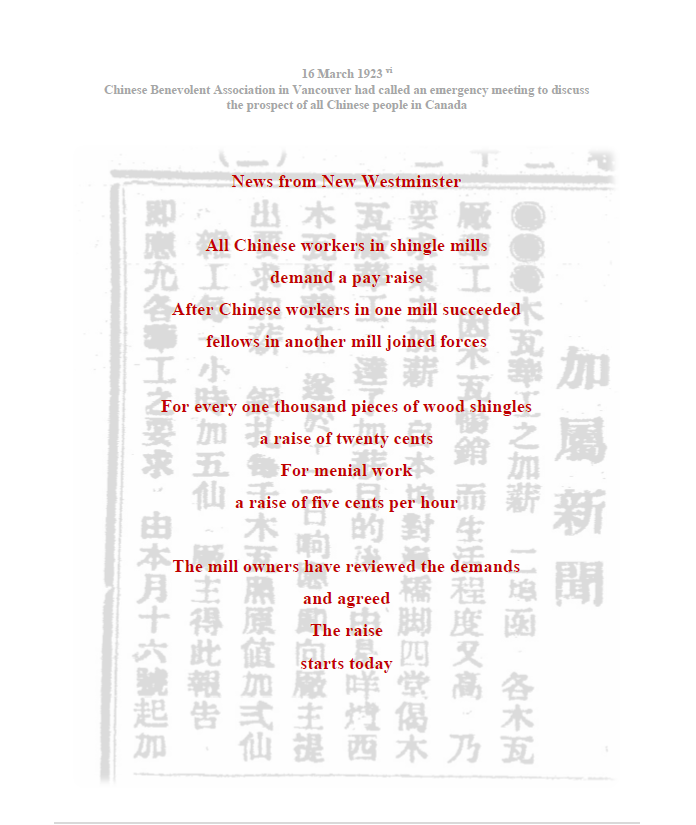
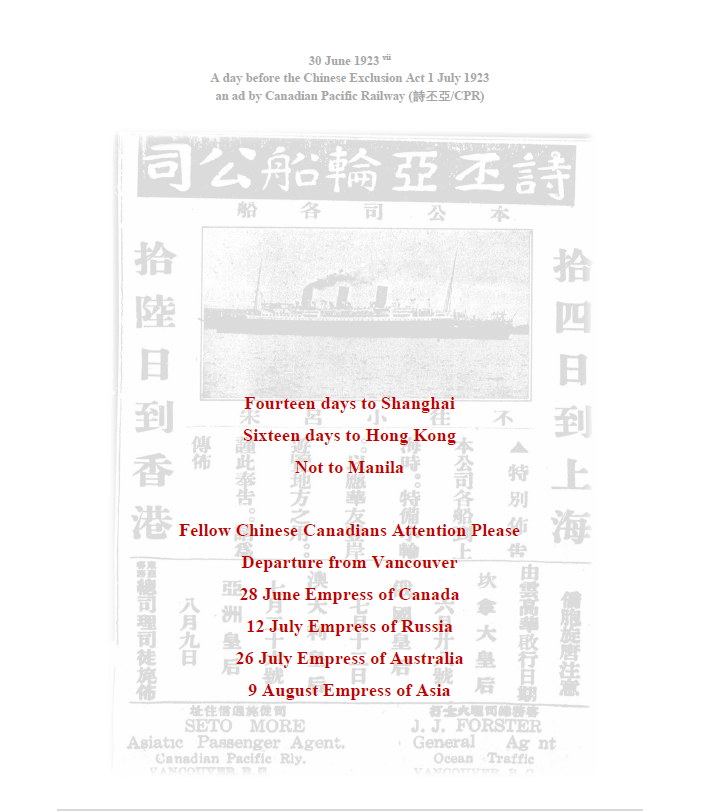
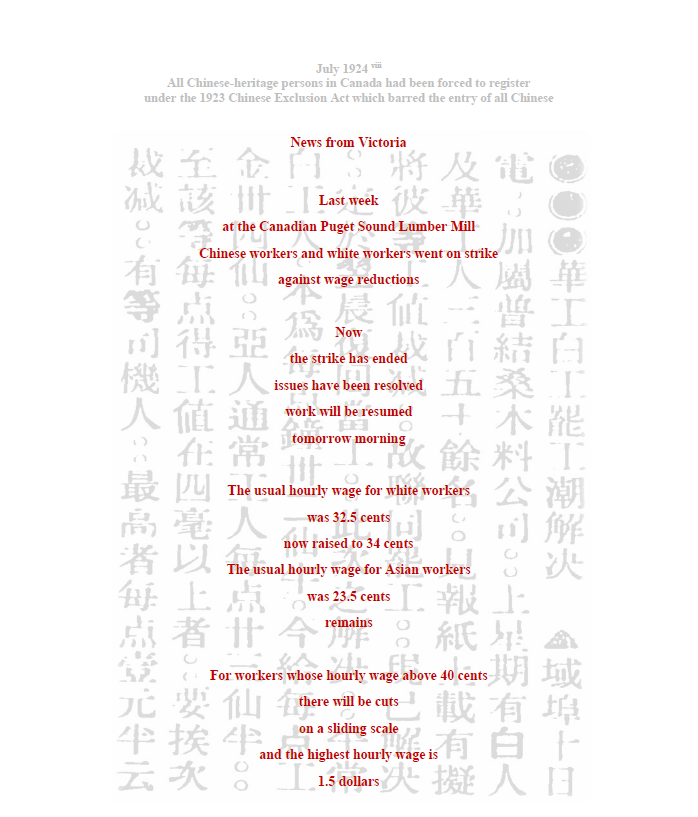
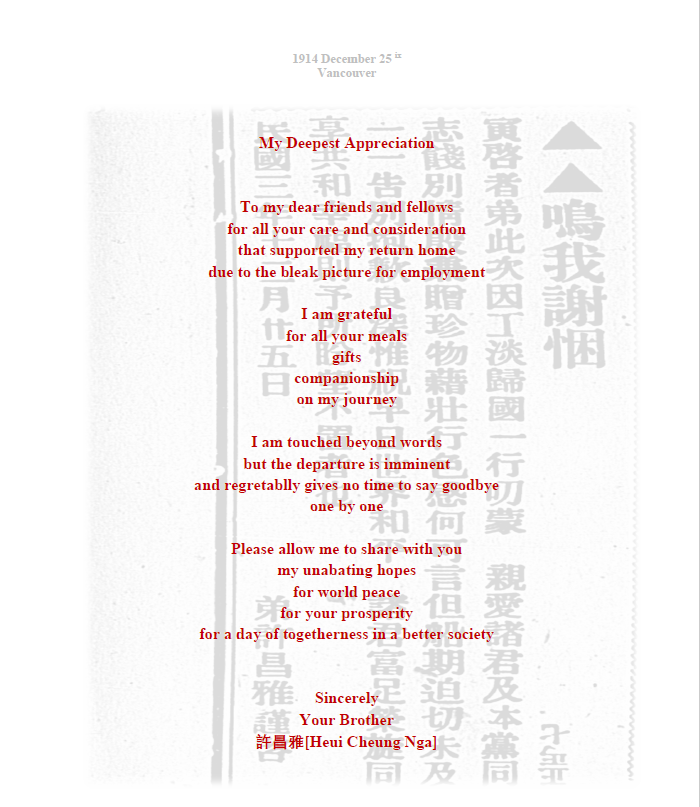

 Share
Share